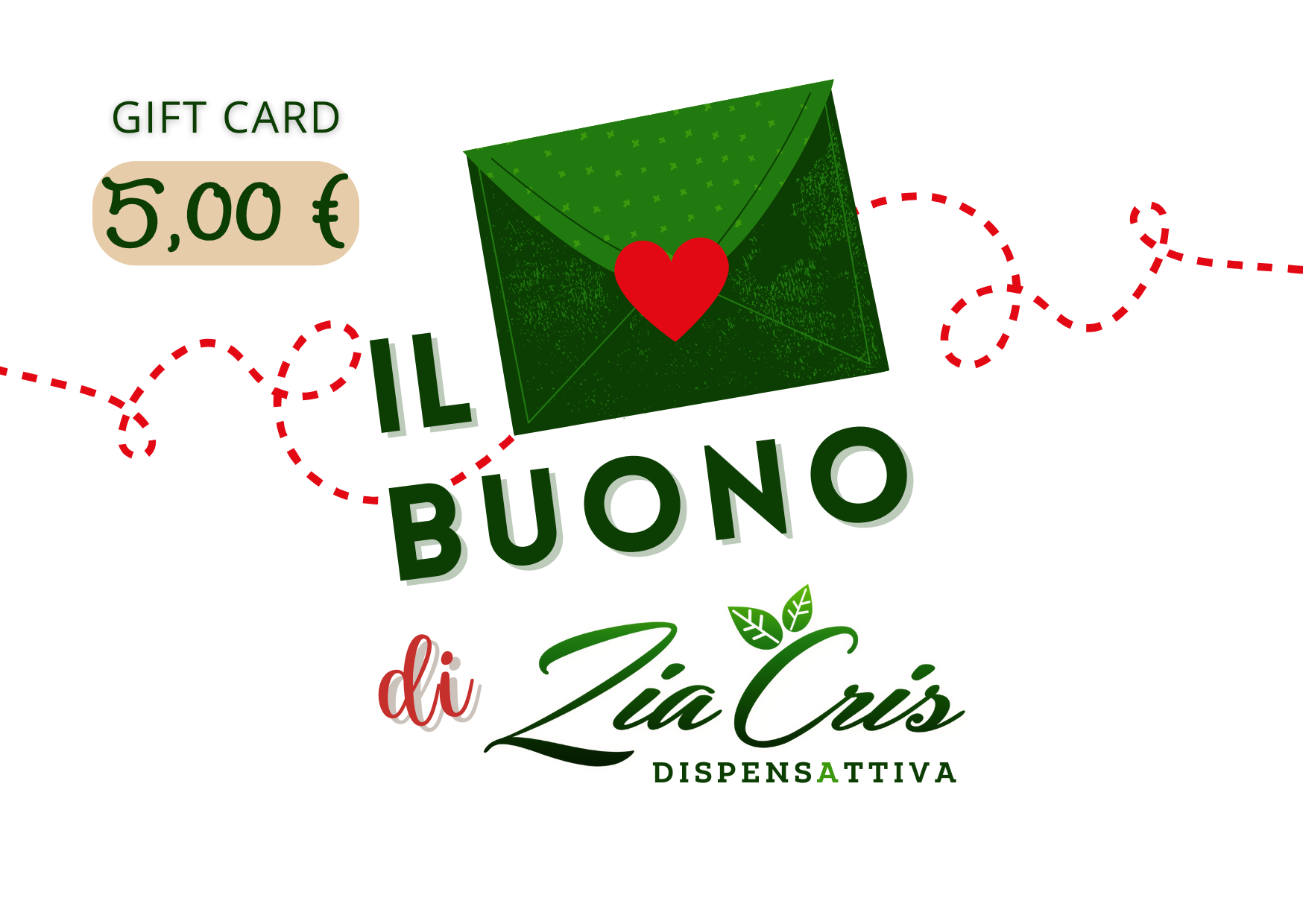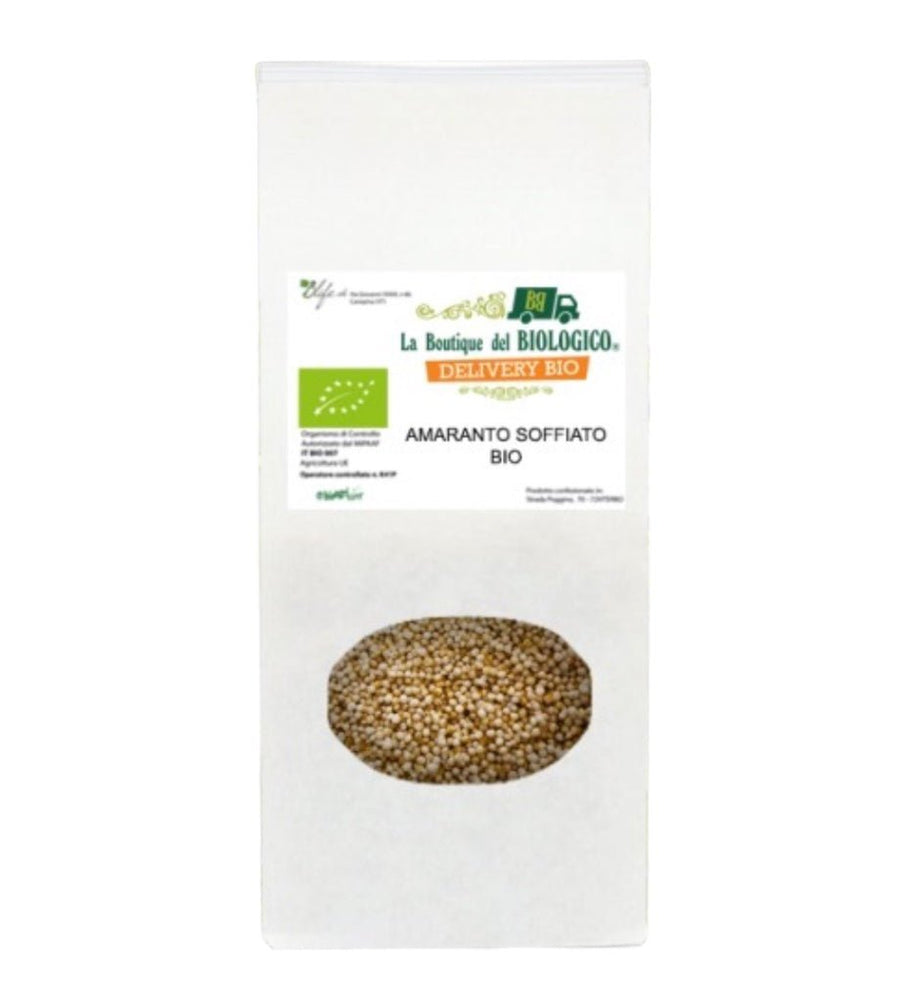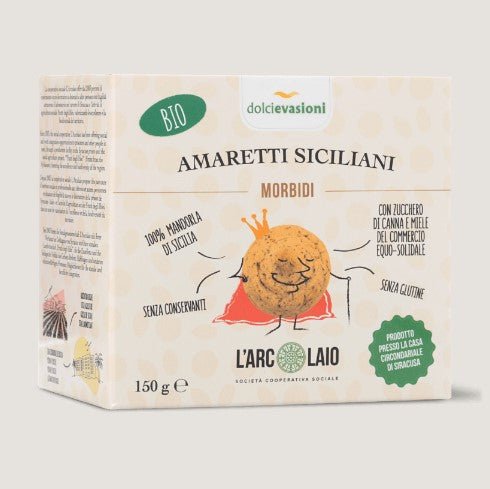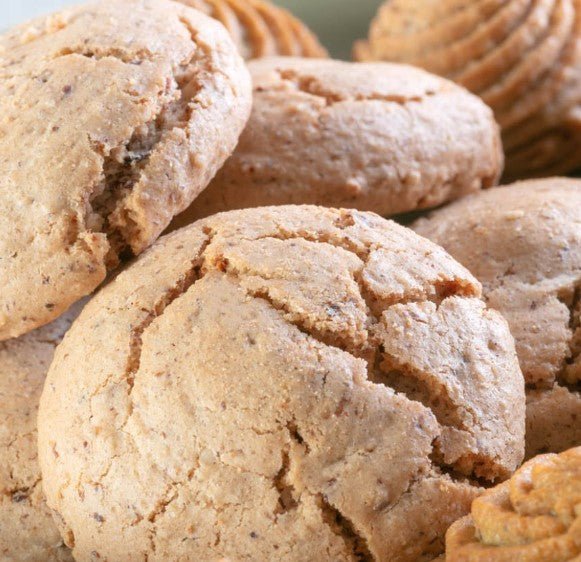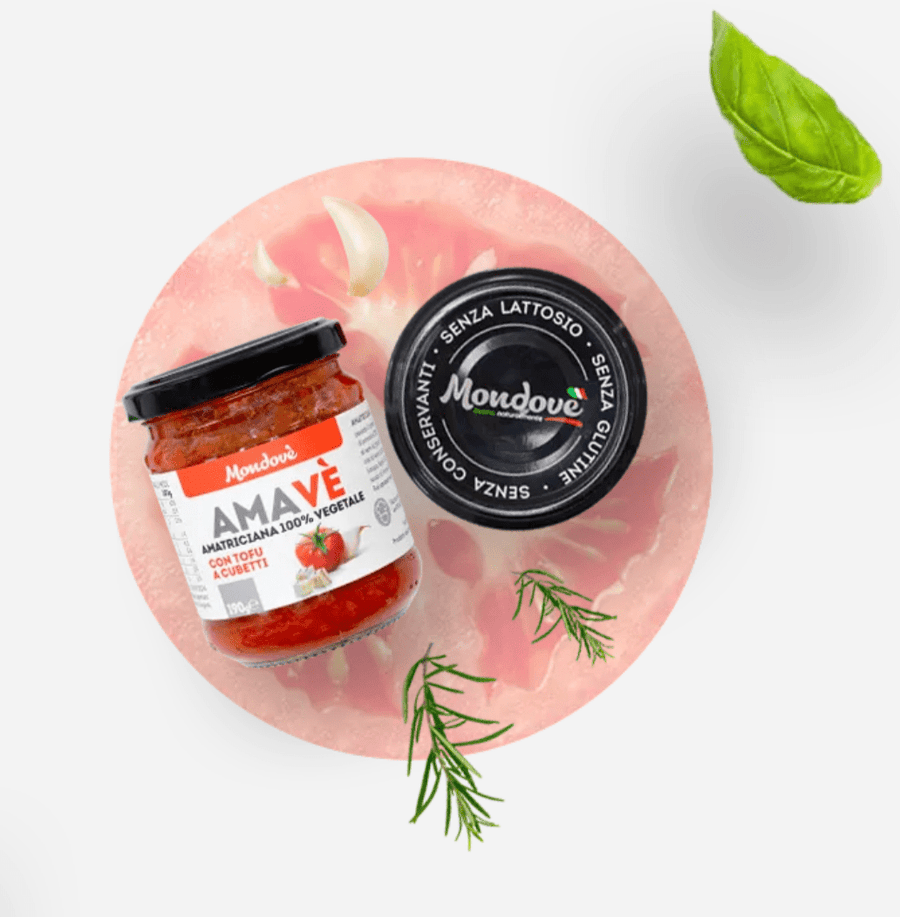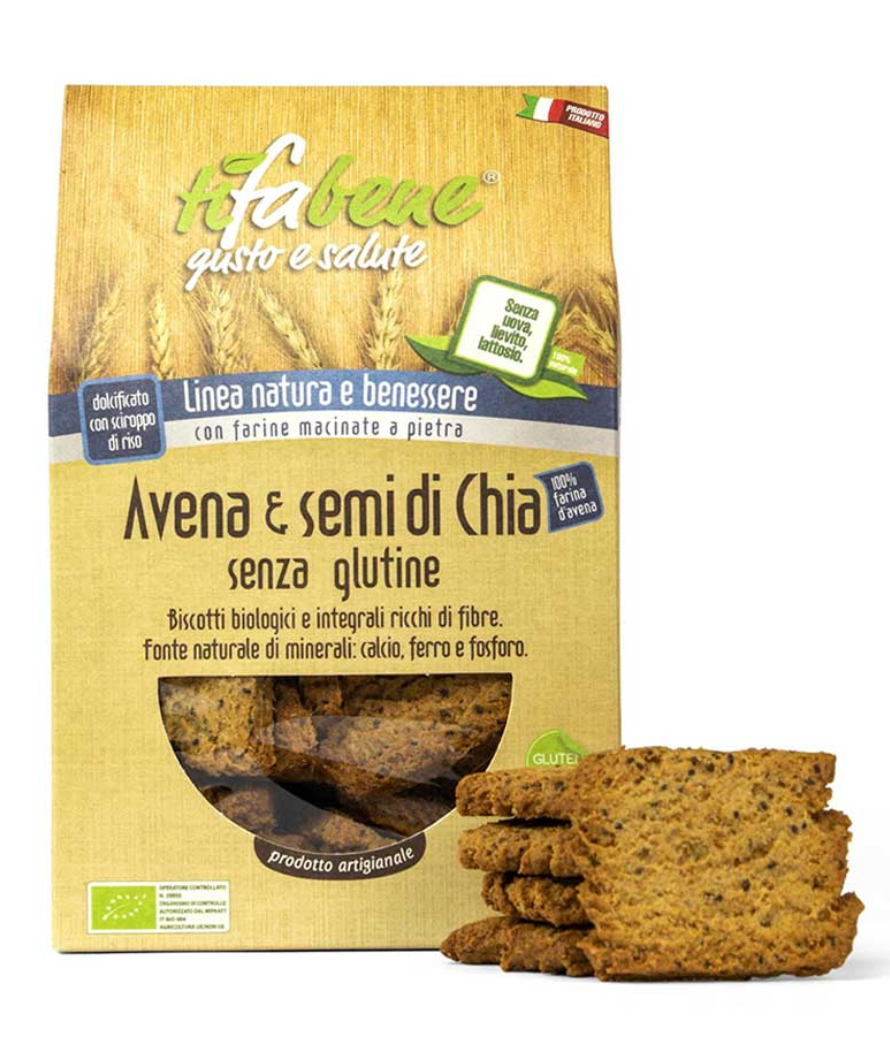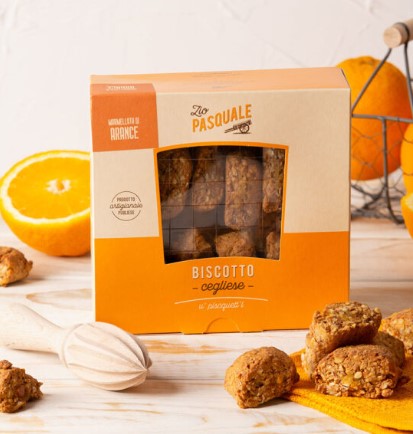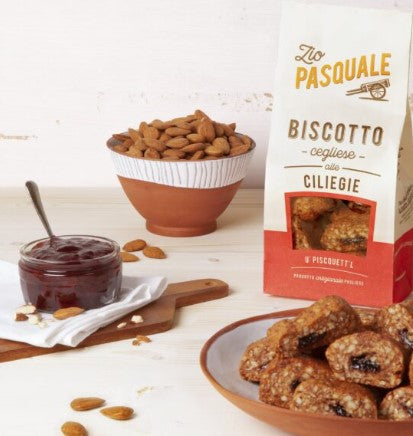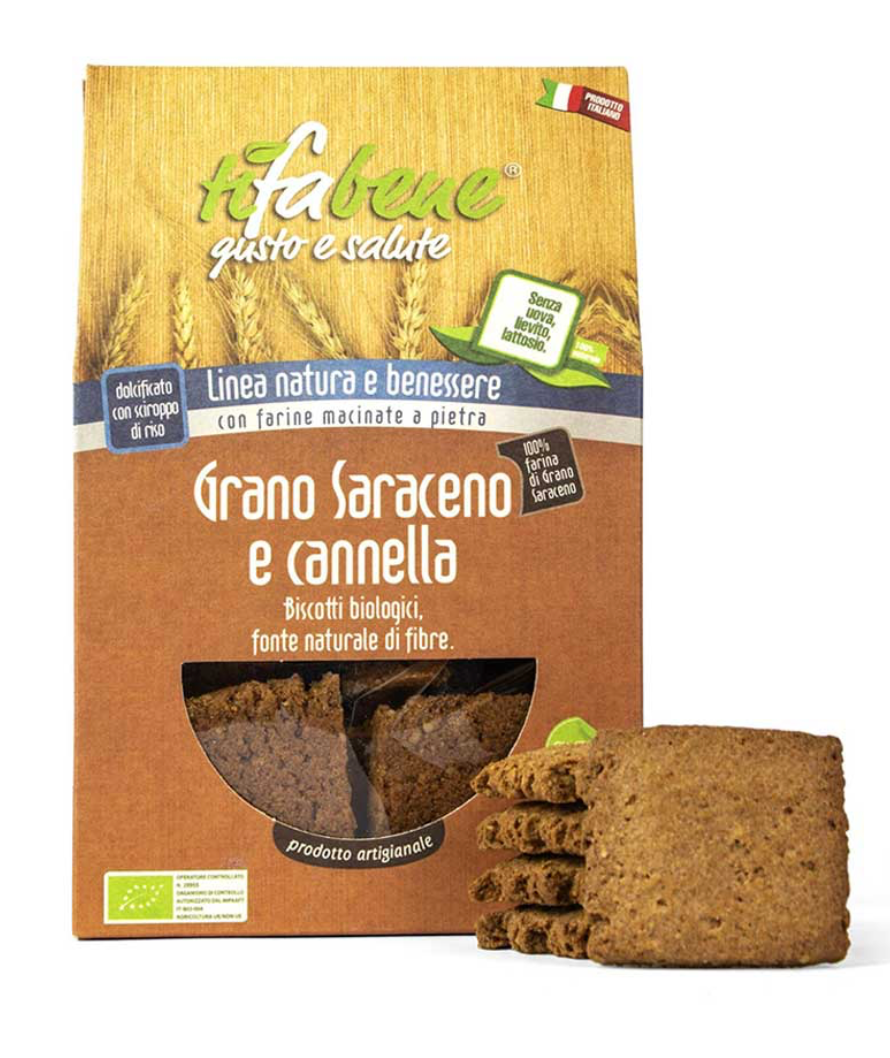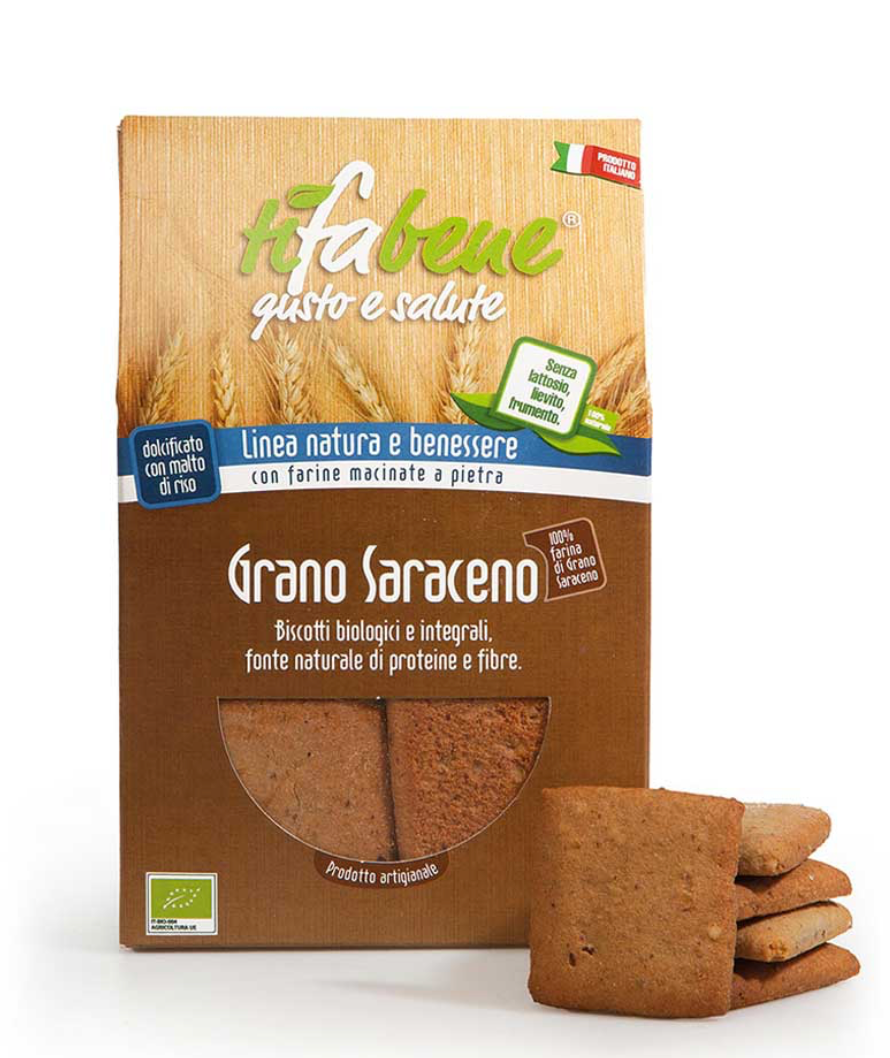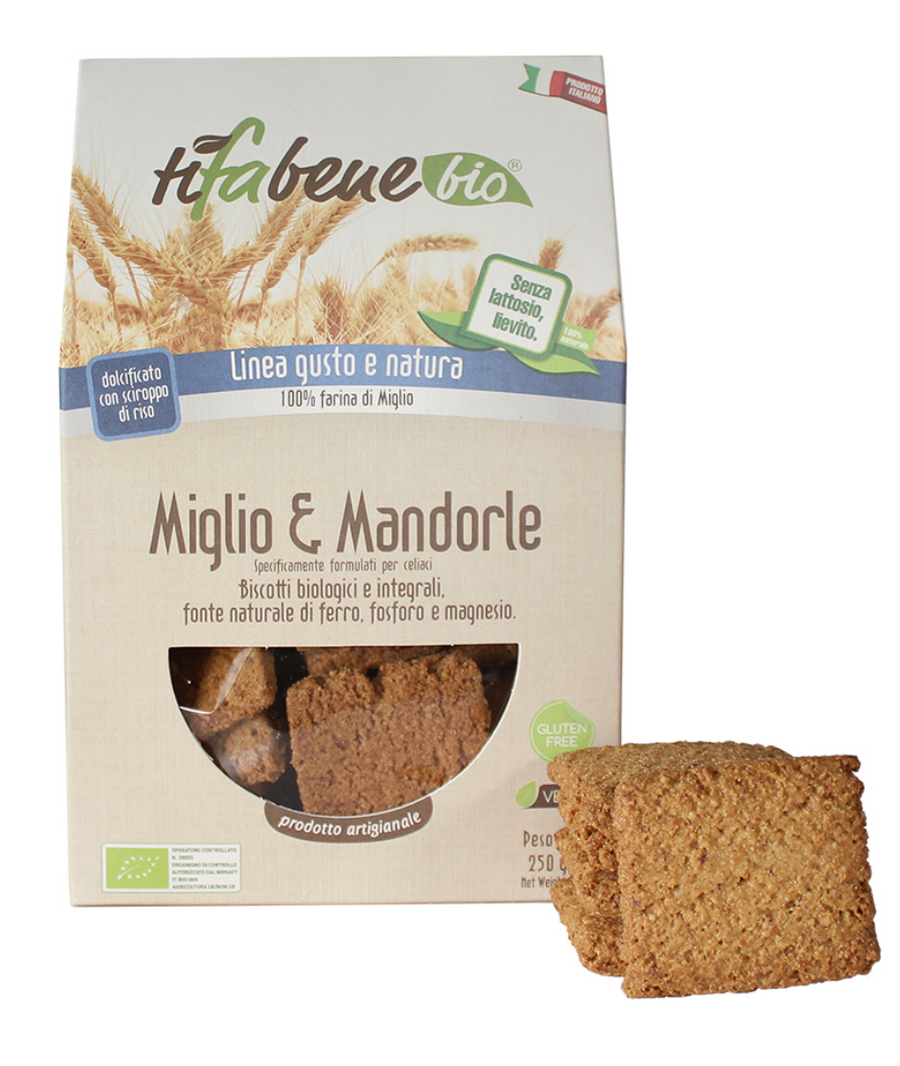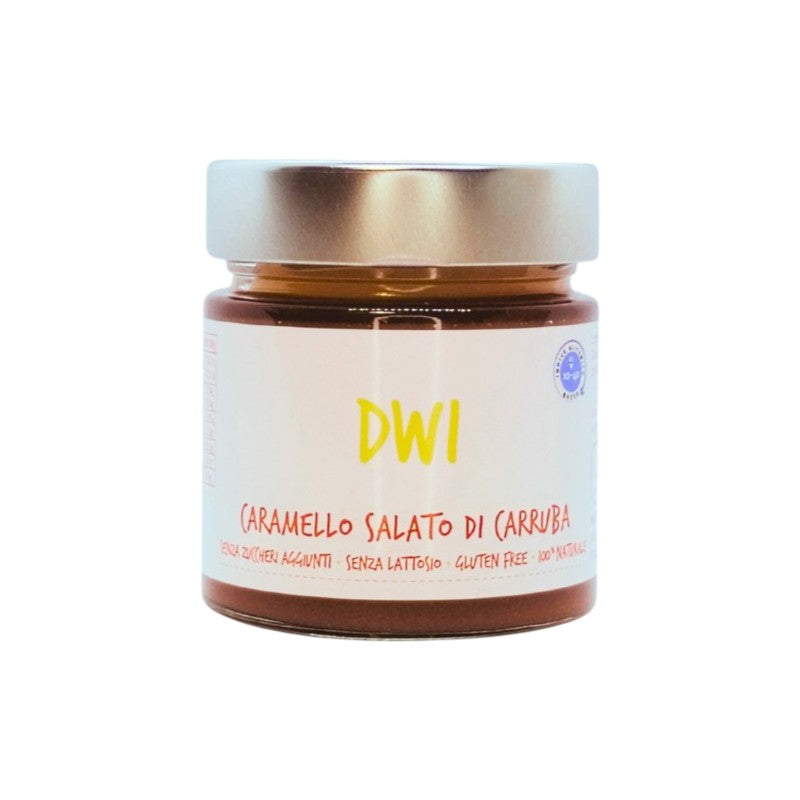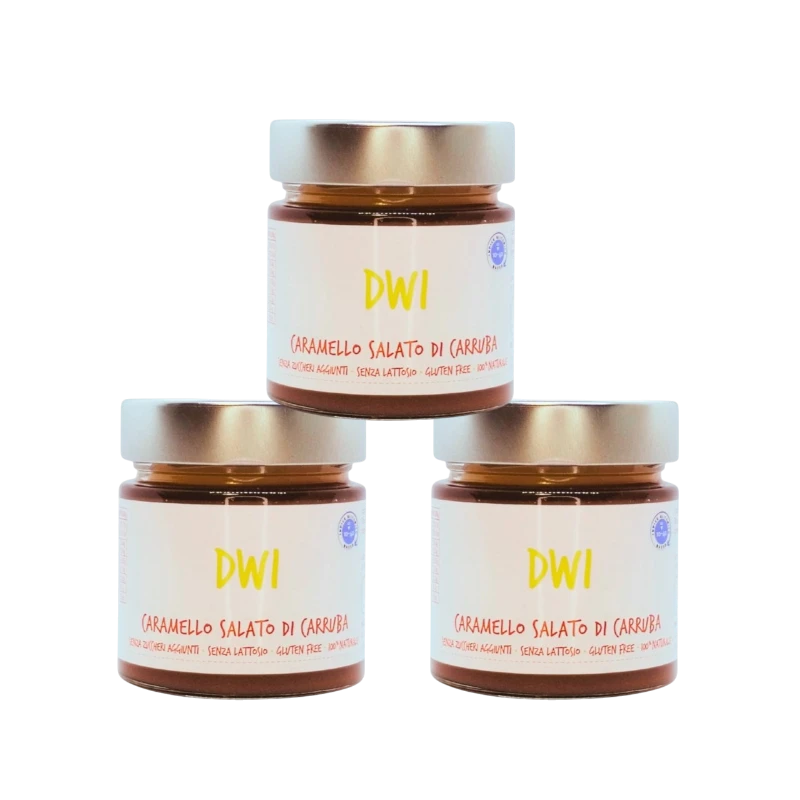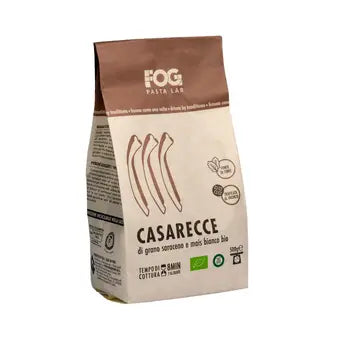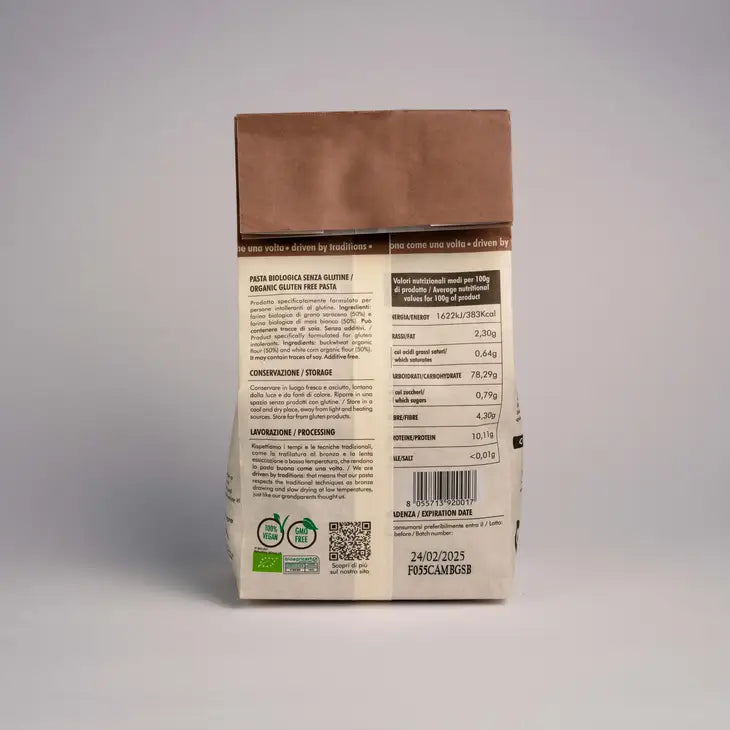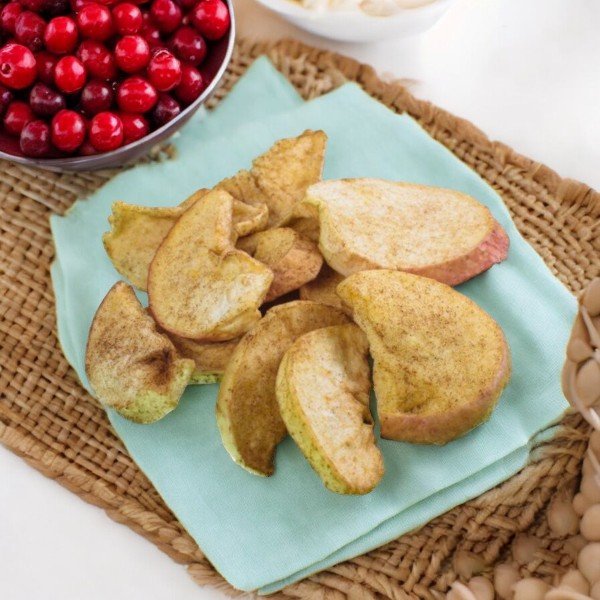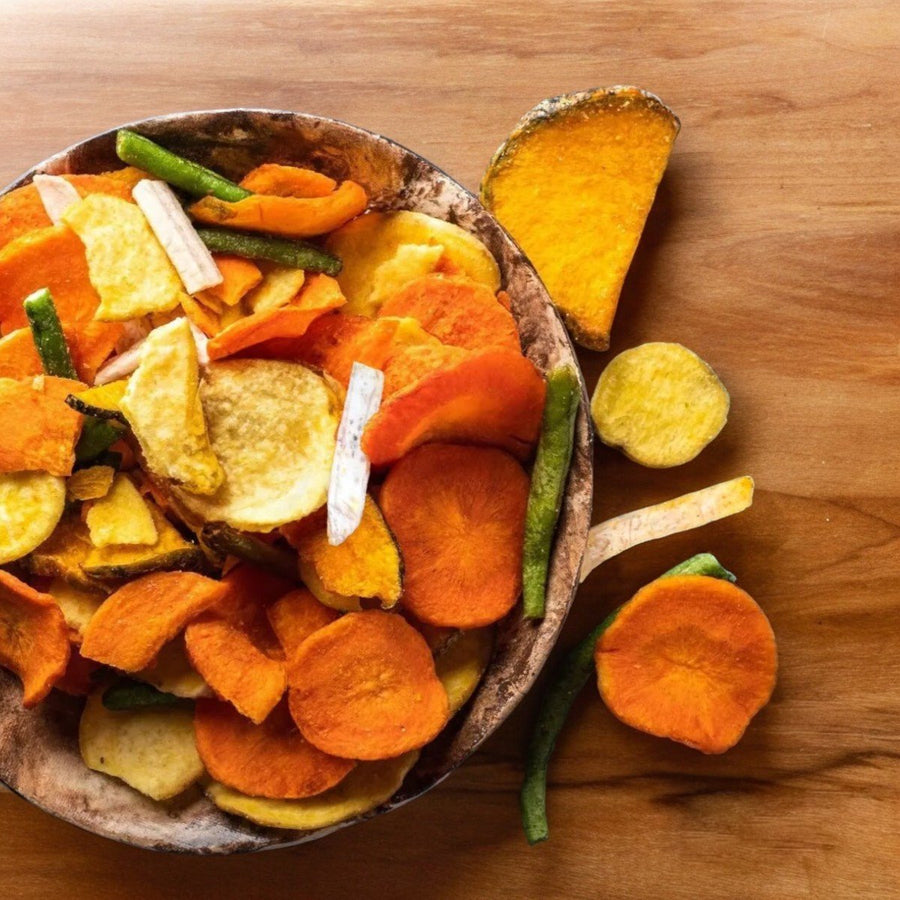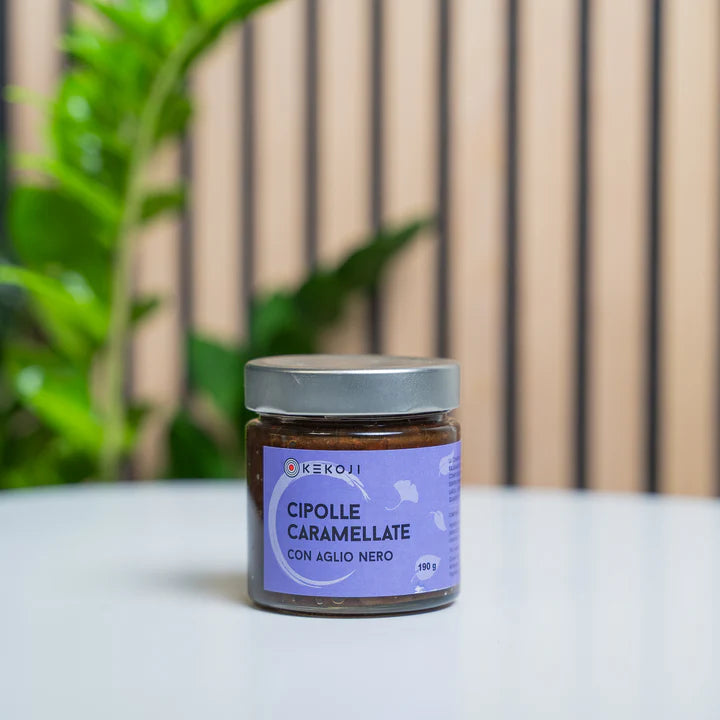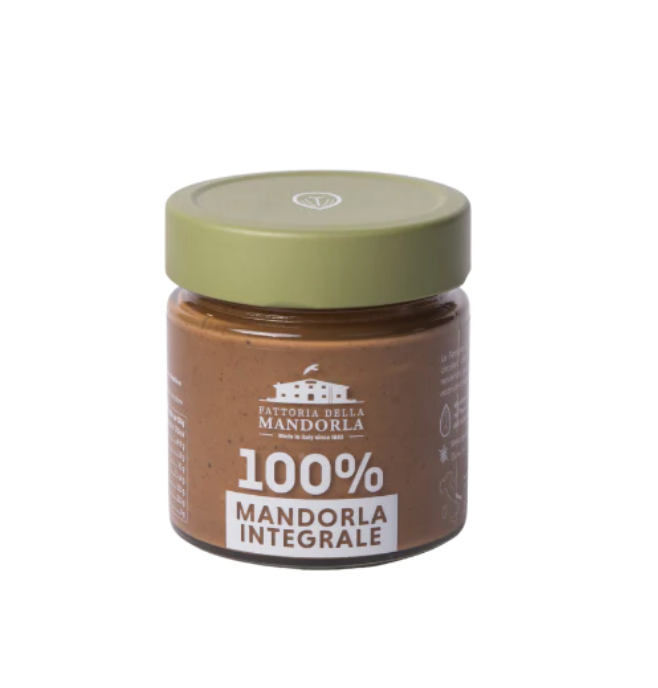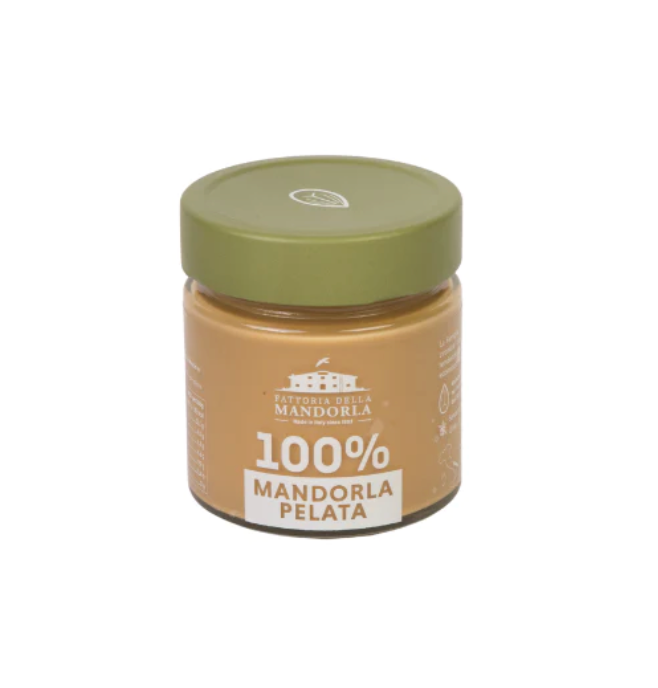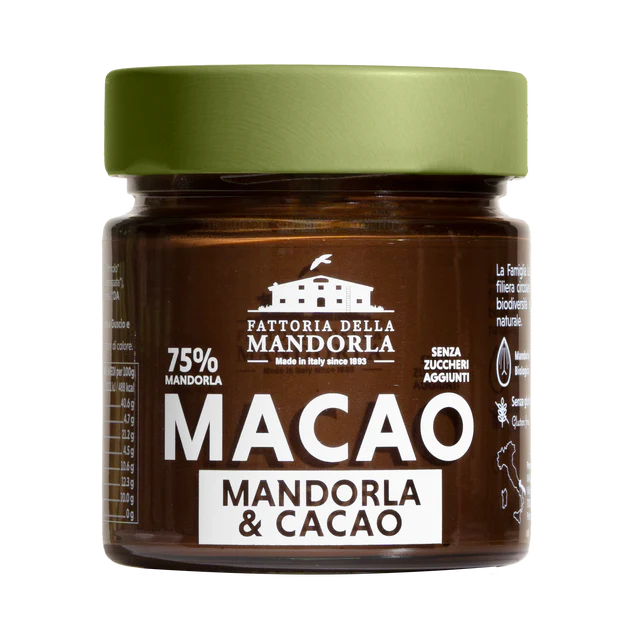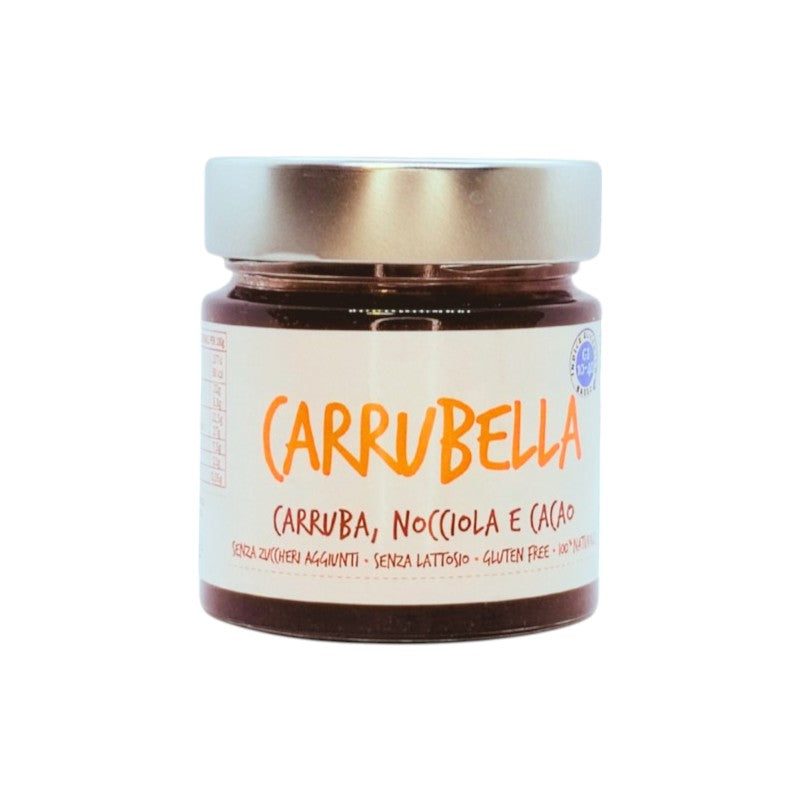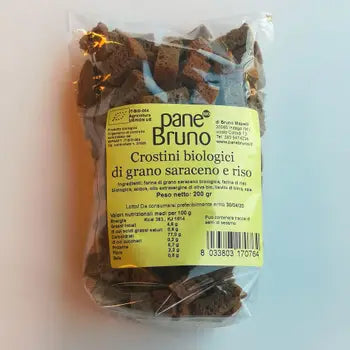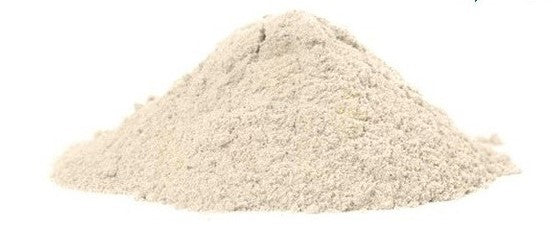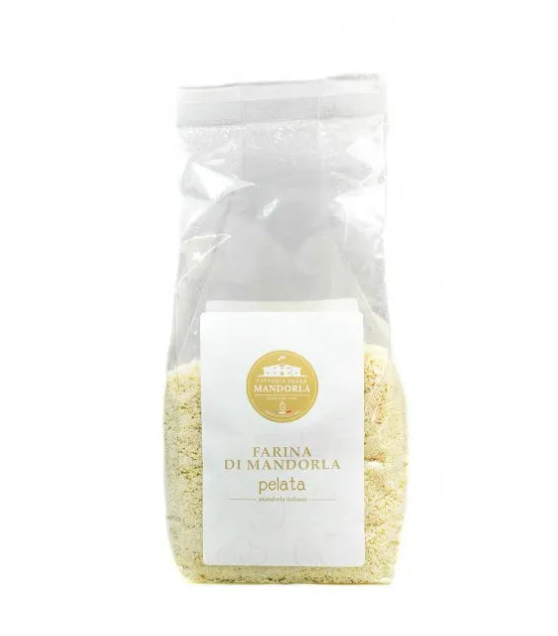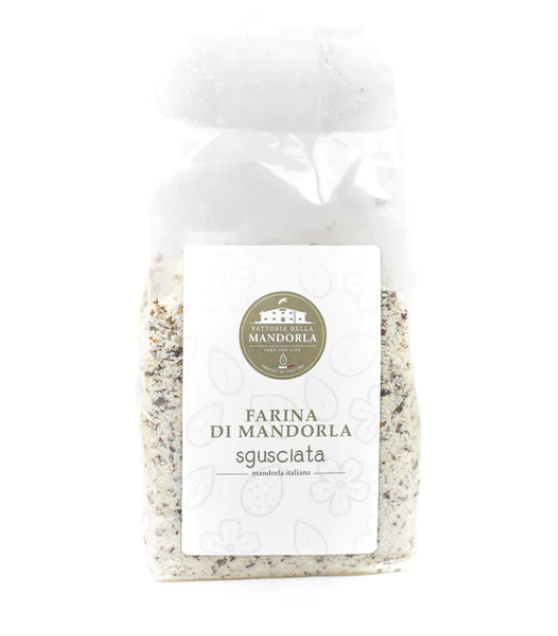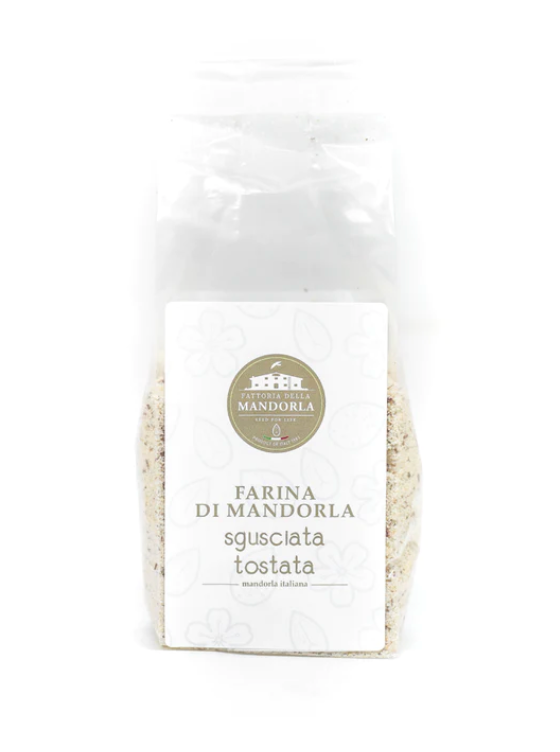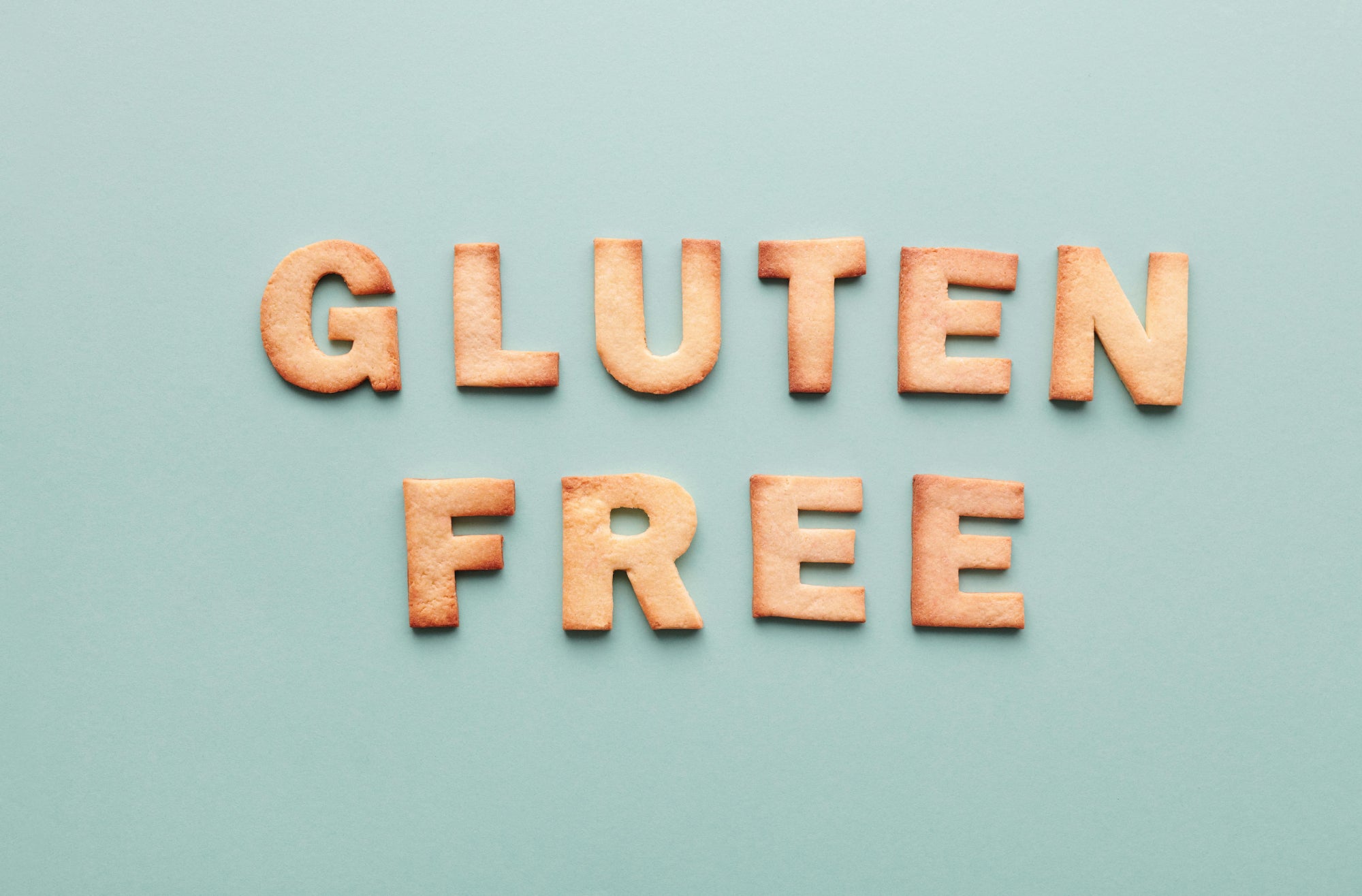
Gluten-free diet: just health or also taste?
A gluten-free diet is a diet that excludes all foods that contain gluten, as it is often present in cereals, such as wheat, rye, barley and spelt.
This diet is necessary for people with celiac disease , an autoimmune disease that can cause damage to the small intestine and affects about 1 in 100 people. Symptoms can include diarrhea, bloating, tiredness, anemia, and weight loss.
A well-planned gluten-free diet can be healthy and nutritious, and you need to be careful about your food choices to ensure you get all the nutrients you need, such as fiber, vitamin B12, iron, and zinc. It is therefore important to include a wide variety of foods in your diet , because often when you discover you have celiac disease, you tend to eat industrial substitute products , made with refined flours, sugars, fats, and additives, which make them more caloric, less nutritious, and less filling than products with gluten.
In fact, there are naturally gluten-free cereals and pseudocereals , such as rice, corn, buckwheat, millet, quinoa, amaranth, sorghum and oats, which have always been used in numerous traditional recipes , not only Italian ones. But if you want to experiment in the kitchen, these ingredients, together with dried fruit and legumes, will be able to replace foods with gluten very well. The advice is always to use raw materials from controlled agriculture, which have not undergone excessive transformations, in order to provide all the nutrients useful and effective for the health of your body.
The gluten-free diet has become increasingly popular in recent years, even among people who do not have celiac disease, to prevent or alleviate the symptoms of gluten sensitivity , improve intestinal health, promote weight loss , or finally to follow vegan or vegetarian diets, often varying foods and therefore nutrients and supporting more sustainable food production. The gluten-free diet can also have beneficial effects for those who suffer from other pathologies, such as diabetes, rheumatoid arthritis, irritable bowel syndrome, dermatitis herpetiformis, epilepsy, and autism, since it inhibits the inflammatory state, but only if associated with other specific therapies and under specific medical supervision.
Following a restrictive diet requires a certain amount of attention and good information, because gluten can also be present in many unsuspecting foods, such as sauces, condiments, cheeses, cured meats, processed meats, beer, instant coffee and sweets. For this reason , it is always important to read labels carefully to make sure that foods are actually gluten-free or deglutinated .
A gluten-free food with a curious history is quinoa, a pseudocereal native to the Andes, considered sacred by the Incas, who called it "chisiya mama", or "Mother of all seeds". Quinoa was grown at over 4,000 meters above sea level and provided proteins, carbohydrates, fiber, vitamins and minerals to the Andean peoples. However, with the Spanish conquest, it was banned and replaced with wheat, because it was associated with indigenous religious practices. Only in the 20th century was quinoa rediscovered and appreciated as a gluten-free food with high nutritional value. Today quinoa is grown in over 70 countries and 2013 was declared by the UN as the "International Year of Quinoa", to promote its diffusion and consumption.

Iscriviti al PROGRAMMA PUNTI FEDELTÀ ZiaCris
💶 e 20€ di credito da spendere nello shop ogni 250 punti accumulati

💰 3€ di credito ti aspettano!
Ottieni un credito immediato per i tuoi acquisti


